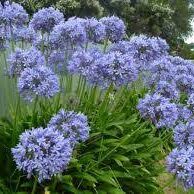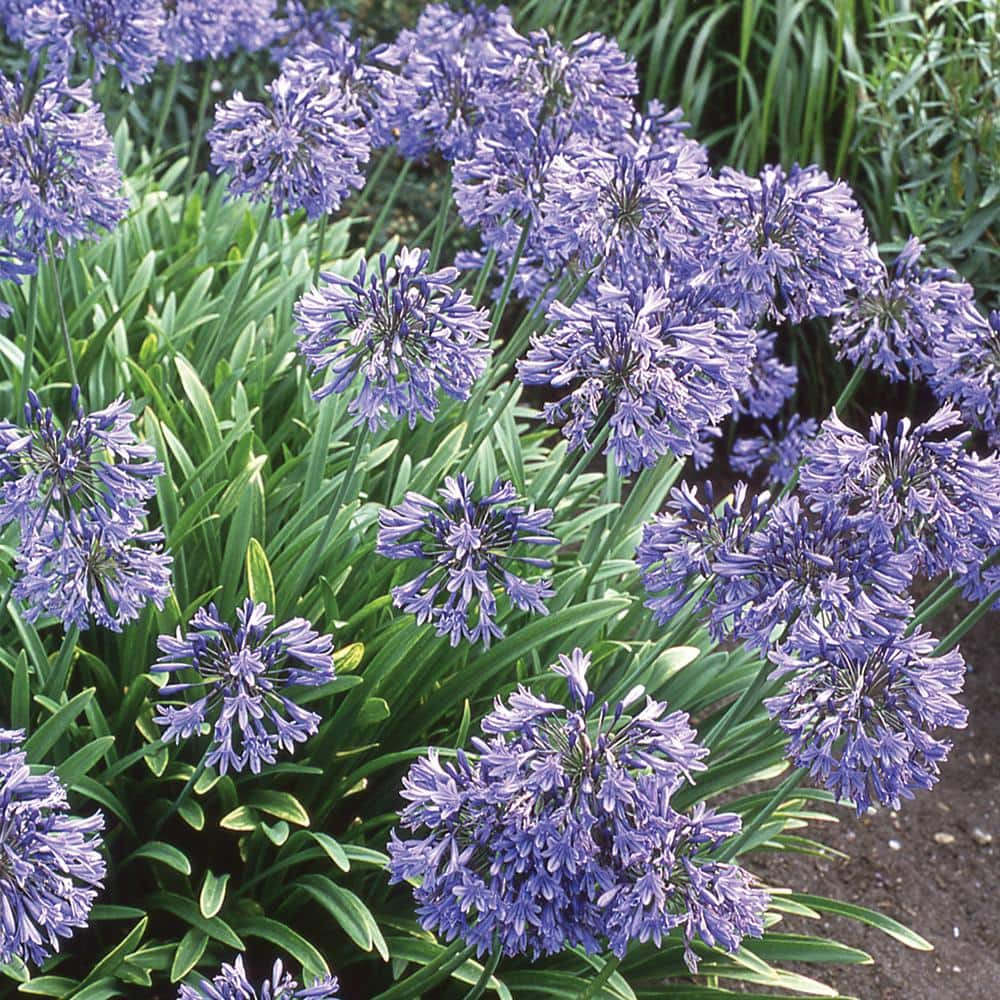Agapanthus Varieties: Choosing the most effective for Your Landscape
Wiki Article
Unleashing the Secret to Successful Agapanthus Farming: Idea for a Flourishing Garden
In the world of horticulture, growing agapanthus efficiently calls for a calculated technique that incorporates various facets of plant treatment. With mindful interest to information, one can open the tricks to nurturing these spectacular blooms, resulting in a yard that prospers with beauty and vibrancy. By comprehending the subtleties of agapanthus cultivation, one can develop a setting where these plants prosper and bloom abundantly. In the following discussion, we will certainly discover necessary pointers and techniques that will assist you in the direction of a growing agapanthus garden, providing insights right into ideal practices, dirt problems, watering methods, and much more.Growing Agapanthus: Best Practices
When growing Agapanthus, appropriate soil preparation is crucial for making certain effective growth and development of these gorgeous flowers. Agapanthus, commonly called Lily of the Nile or African lily, grows in well-draining soil with a slightly acidic to neutral pH level - Agapanthus. Before growing, it is essential to amend heavy clay soils with raw material such as garden compost or peat moss to improve water drainage and offer necessary nutrients for the plantsTo plant Agapanthus, pick a place that receives full sunshine to partial color, as this will certainly promote healthy and balanced development and plentiful flowering. Dig an opening two times the diameter of the plant's root ball and place the Agapanthus at the exact same depth it was previously expanding. Gently backfill the hole with soil, pushing down firmly to remove any kind of air pockets around the origins.
Water the recently planted Agapanthus extensively and remain to keep the soil uniformly wet, particularly throughout the plant's active expanding season. Agapanthus. Using a balanced fertilizer once a month can further sustain the plant's growth and flowering. By complying with these ideal techniques for planting Agapanthus, you can develop a magnificent display of these fascinating flowers in your yard
Perfect Dirt Conditions for Agapanthus
For optimal growth and flowering success of Agapanthus plants, ensuring the soil conditions are optimal is critical. Agapanthus prefers dirt that is abundant in nutrients, so including a balanced plant food throughout the expanding period can promote healthy and balanced development and vibrant flowers.
Watering and Fertilizing Tips
To make sure healthy and balanced development and lively blossoms, correct watering and feeding methods are important for successful Agapanthus growing. Agapanthus plants take advantage of regular watering, particularly during the growing period. It is advised to water deeply useful site as soon as a week, guaranteeing the soil is moist however not waterlogged. During heat or in pots, more frequent watering may be required to stop the soil from drying out entirely.When it comes to feeding Agapanthus, a well balanced plant food with equivalent parts nitrogen, phosphorus, and potassium can be used in the spring to promote healthy and balanced growth and blooming. Slow-release fertilizers are optimal for providing nutrients slowly over an extensive duration. Avoid over-fertilizing, as this can cause excessive vegetation growth at the expense of flowers.
Furthermore, integrating raw material like garden compost into the soil can improve nutrient degrees and improve dirt structure, aiding in the total health of the Agapanthus plants. By adhering to these watering and fertilizing tips, garden enthusiasts can ensure their Agapanthus plants flourish and produce stunning display screens of blossoms.
Trimming and Deadheading Strategies
Correct trimming and deadheading methods play a vital duty in preserving the health see this page and wellness and aesthetic appeals of Agapanthus plants, enhancing the important methods of watering and feeding for effective cultivation. Trimming Agapanthus entails getting rid of invested flower heads, dead or yellowing fallen leaves, and general shaping of the plant to advertise much better development. Deadheading, the process of getting rid of faded flowers, not only improves the plant's appearance but additionally motivates more Full Report blooming.When deadheading Agapanthus, it is recommended to clip off the flower stem at the base using sharp, tidy shears. This procedure redirects the plant's power from seed production back right into origin and foliage development, advertising a healthier and much more durable plant. Normal deadheading can extend the blooming duration of Agapanthus and stop self-seeding, which can cause congestion.
In regards to pruning, Agapanthus normally benefits from a light trim after flowering to tidy up the plant and motivate fresh development. Reducing the spent blossom stems and eliminating any kind of broken or dead vegetation assists preserve the plant's vitality and general appearance. Nevertheless, it is necessary to prevent reducing right into the crown of the plant, as this can deteriorate its health.

Protecting Agapanthus From Vermins and Diseases
Implementing efficient insect and condition management strategies is important to safeguarding the wellness and vigor of Agapanthus plants in farming. One common pest that affects Agapanthus is the Agapanthus borer, a caterpillar that tunnels right into the plant, creating damages to the blossoms and leaves.In enhancement to insects, Agapanthus are prone to conditions such as origin rot and fungal leaf spots. By staying vigilant and addressing pest and disease concerns quickly, gardeners can aid their Agapanthus thrive and thrive.

Final Thought
In verdict, effective growing of agapanthus needs appropriate growing techniques, perfect soil conditions, ample watering and feeding, normal pruning and deadheading, and protection from bugs and illness. By adhering to these suggestions and techniques, garden enthusiasts can guarantee a growing garden filled with lovely agapanthus blossoms. Agapanthus. Bear in mind to keep consistent care and focus to information to advertise the health and wellness and longevity of these stunning plantsWhen growing Agapanthus, proper soil prep work is necessary for making certain successful development and development of these attractive flowers.Water the freshly grown Agapanthus extensively and continue to maintain the soil uniformly wet, specifically during the plant's energetic growing season.For optimal development and flowering success of Agapanthus plants, making sure the dirt conditions are excellent is crucial. When growing or hair transplanting Agapanthus, guarantee the dirt is well-prepared to provide the needed structure for the plants to establish themselves effectively. One usual pest that impacts Agapanthus is the Agapanthus borer, a caterpillar that passages right into the plant, creating damage to the flowers and fallen leaves.
Report this wiki page